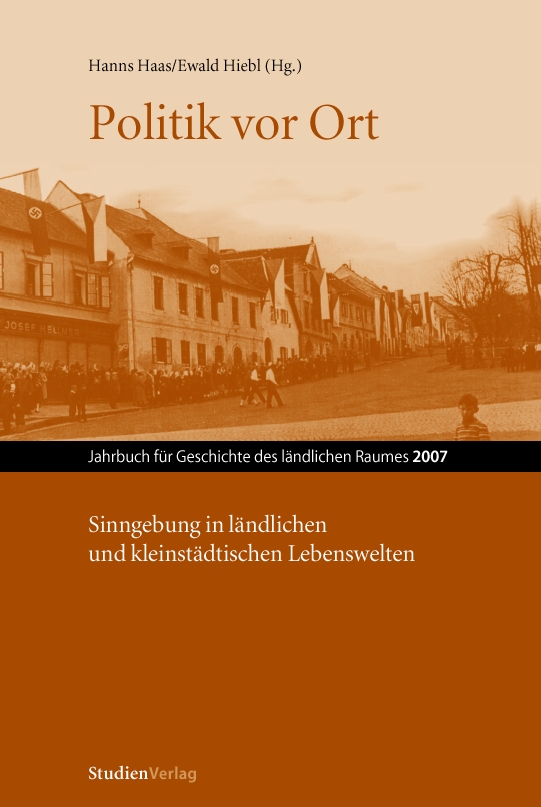Priest, Teacher and Touristic Activists
A Conflict Between the ‘Tausend-Mark-Sperre’ and the Desecration of a Church in Carinthia in the Summer of 1933
DOI:
https://doi.org/10.25365/rhy-2007-15Abstract
This article focuses on a small Carinthian village on the eve of Austrofascism. In July 1933 the recently built Catholic church was soiled. This sacrilege seemed to be the culmination of a persistent personal conflict between the priest and the teacher. But it also proved to be part of the National-Socialist strategy to hit and destabilise the Austrian tourism and subsequently the government through the ‘Tausend-Mark-Sperre’, National-Socialist demonstrations and excesses. The remaining documents allow a kind of ‘thick description’ (Clifford Geertz) of the political radicalisation of the local people, of the sacrilege itself and the con- sequences for the village and the main characters. The priest had to leave the village in 1935 and in 1939 he was sent to the concentration camp of Dachau. The teacher could stay and support the illegal National-Socialist movement. The local and the Carinthian authorities dealt with the case not only in 1933 but also during the period of Austofascim, the ‘Third Reich’ and after 1945.


